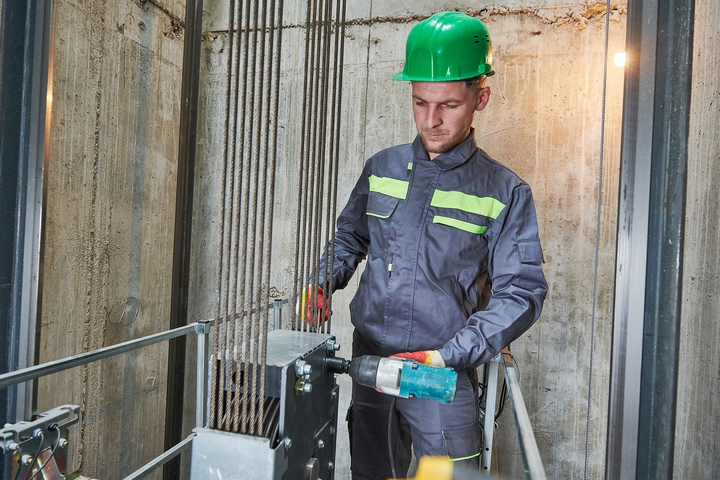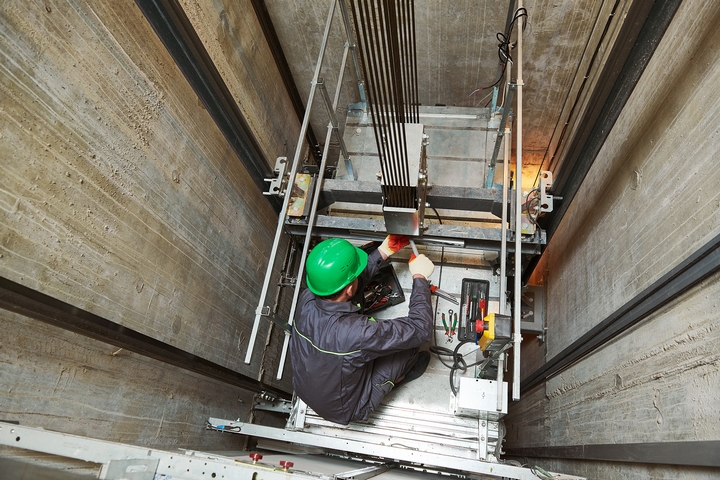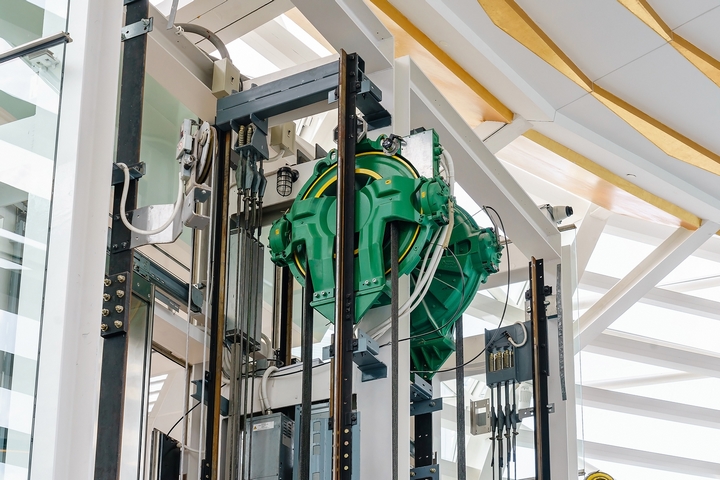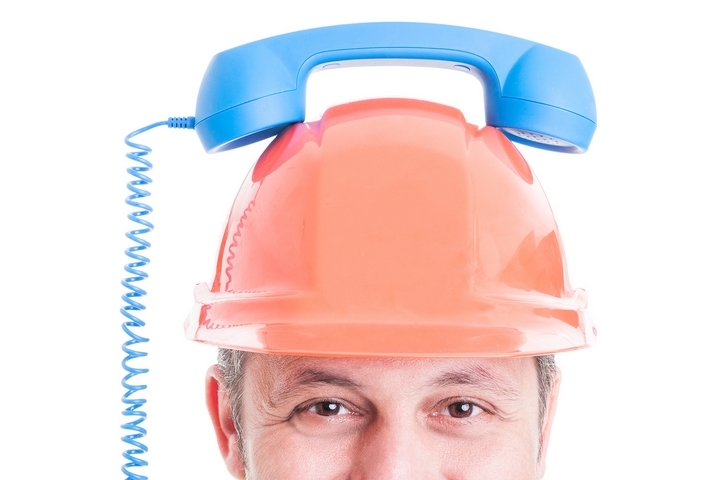Elevators were brilliantly designed to make our lives easier. They have become increasingly popular, not just in malls and office buildings with several floors, but even in apartment complexes.
Elevators can be considered to be machines, and like all machines, they need to maintain to stay in good condition and ensure people are safe at all times. There is proof of elevators being safer than a flight of stairs.
To uphold this expectation and the ease of use, there are measures that are put in place. A transparent elevator screen has also been said to reduce the feeling of a ‘closed space’ for people who suffer from claustrophobia.
1. Strong steel cables
 A number of steel cables hold up every elevator car. They’re counted to be between six and eight. A single cable can hold more than its own weight, so even in the incident, a few of the cables snap, or all except one break, the singular cable remaining could still hold the elevator car in place. It is rare for all cables to snap, however. If you visit Mad Elevator, their website may provide you with more information.
A number of steel cables hold up every elevator car. They’re counted to be between six and eight. A single cable can hold more than its own weight, so even in the incident, a few of the cables snap, or all except one break, the singular cable remaining could still hold the elevator car in place. It is rare for all cables to snap, however. If you visit Mad Elevator, their website may provide you with more information.
2. Well-functioning brakes
 All elevator cars have a maximum speed of safety. In the event, the car starts to fall, and this speed is reached, the brake system kicks in. The metallic brakes on each side of the car clamp onto it and force it to come to a slow halt to avoid injuring anyone in the elevator. This also reduces the chance of damage to a clear elevator screen.
All elevator cars have a maximum speed of safety. In the event, the car starts to fall, and this speed is reached, the brake system kicks in. The metallic brakes on each side of the car clamp onto it and force it to come to a slow halt to avoid injuring anyone in the elevator. This also reduces the chance of damage to a clear elevator screen.
The braking system could also be initiated when the power goes out in the elevator. Some elevators have different braking systems for the two.
3. A proper electronic and pulley system
 The electronic and pulley system of an elevator needs to be in conjunction functionality with each other for the elevator to work right. If one fails, the other cannot work alone.
The electronic and pulley system of an elevator needs to be in conjunction functionality with each other for the elevator to work right. If one fails, the other cannot work alone.
4. The counterweights factor
 The cables have a set of weights called counterweights opposite to them that come in handy in maintaining balance the movement of the car.
The cables have a set of weights called counterweights opposite to them that come in handy in maintaining balance the movement of the car.
What happens is, if there is anything wrong with the car and an individual is on their own in it, the counterweights cause the elevator car to move upwards instead of downwards.
It is safer for the elevator car to move upwards because it won’t go into the ceiling. There is a cushioning that prevents the car from ramming right into the ceiling.




